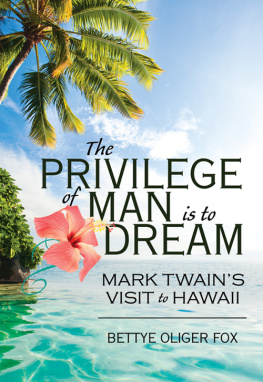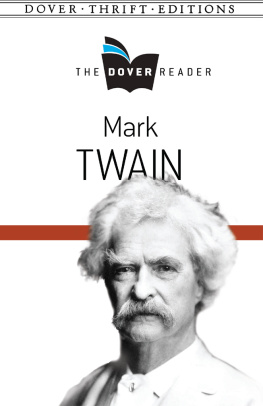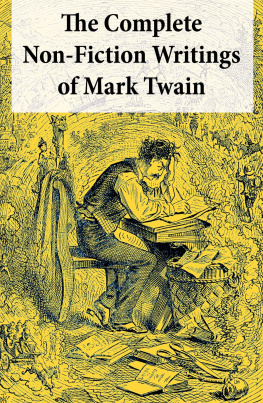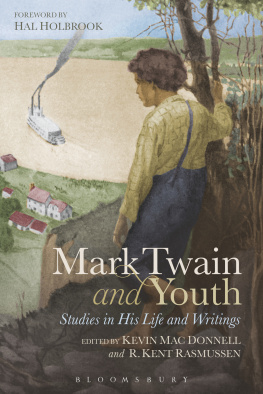
All rights reserved. No part of this book shall be reproduced or transmitted in any form or by any means, electronic, mechanical, magnetic, photographic including photocopying, recording or by any information storage and retrieval system, without prior written permission of the publisher. No patent liability is assumed with respect to the use of the information contained herein. Although every precaution has been taken in the preparation of this book, the publisher and author assume no responsibility for errors or omissions. Neither is any liability assumed for damages resulting from the use of the information contained herein.
Copyright 2013 by Bettye Oliger Fox
ISBN 978-0-7414-8459-8 Paperback
ISBN 978-0-7414-8460-4 eBook
Library of Congress Control Number: 2013906241

INFINITY PUBLISHING
1094 New DeHaven Street, Suite 100
West Conshohocken, PA 19428-2713
Toll-free (877) BUY BOOK
Local Phone (610) 941-9999
Fax (610) 941-9959
www.buybooksontheweb.com

Dedicated to my mother, Audree Velma Stobaugh Oliger
My daughter, Scarlet Katherine Andrews
My mentor at Texas Womans University, Dr. Phyllis Bridges
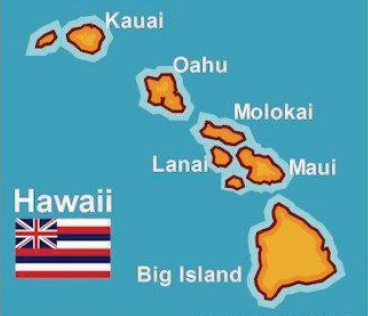
M ARK T WAINS P ROSE P OEM ABOUT H AWAII
No alien land in all the world has any deep, strong charm for me but that one, no other land could so longingly and so beseechingly haunt me sleeping and waking, through half a lifetime, as that one has done. Other things leave me, but it abides; other things change, but it remains the same. For me its balmy airs are always blowing, its summer seas flashing in the sun, the pulsing of its surf-beat is in my ear; I can see its garlanded crags, its leaping cascades, its plumy palms drowsing by the shore, its remote summits floating like islands above the cloud rack; I can feel the spirit of its woodland solitudes. I can hear the splash of its brooks; in my nostrils still lives the breath of flowers that perished twenty years ago. (qtd. in Frear 217)
O ke kanaka ke kuleana o ka moe
(The privilege of man is to dream)
Within the human imagination a strange current flows deeply; ancient legends speak of the romantic lure of the islands, warm waters, cool breezes of trade winds, a tropical paradise that offers one an escape from daily cares and an opportunity for the fulfillment of dreams.
The future American novelist, Mark Twain, sought the romantic lure of the Hawaiian Islands in March, 1866. In the Sandwich Islands Mark Twain first discovered beauty. It should be added that in the Sandwich Islands he also discovered the dream. His first passages embodying the dream as his expression of beauty were written in the Sandwich Islands (Bellamy 219).
The fantasy aspects of beauty as the dream, the picture, and the magic fairy world of the Islands were to color and shade Mark Twains vision of life. His preoccupation with the dream motif is a manifestation of that part of his complex personality which was essentially escapist (Bellamy 219). Years later Mark Twain would reflect back to his memorable 1866 visit:
I visited, a great many years ago, the Sandwich Islandsthat peaceful land, that beautiful land, that far off home of profound repose, and soft indolence, and dreamy solitude, where life is one long slumberous Sabbath, the climate one long delicious summer day, and the good that die experience no change, for they but fall asleep in one heaven and wake up in another. (qtd. in M. Clemens, The Honolulu Star-Bulletin 7 Dec)

Samuel Langhorne Clemens (1835-1910) was a young man of thirty when he boarded the sail-steamer Ajax on March 7, 1866, to venture on an ocean voyage to the Hawaiian Islands. He did not have a great knowledge of life, but he did have a high estimation for life and the adventures that no doubt would be waiting ahead.
In 1866 Mark Twains nom de plume was recent, and had been seldom set in type.
He had seen much of America, an America that was to become immortal through his pages. His adventures had been rich in human experience, but he had as yet made no especial mark as a writer (Vandercook xi).
Mark Twain had not yet married when he visited the Sandwich Islands. He had not yet written Huckleberry Finn, Tom Sawyer, and Life on the Mississippi; nor had he lectured. He was poor and not yet internationally known. Earlier that year, during a low period, he put a pistol to his head but did not succeed. During this same low period in February 1866, an editor on the Gold HillNews (Nevada) described him in print as a Bohemian from the sagebrush, a jailbird, bail-jumper, deadbeat, and alcoholic who had probably contacted a venereal disease from rolls in a whorehouse (Kaplan 62). Clemenss answer was to depart in silence, as correspondent at twenty dollars for each weekly dispatch for The Sacramento Union, the most powerful paper in the West. He was sent to ransack the Islands, the cataracts and volcanoes completely, and write 20-30 letters (Pitchford 35).
In the four months Mark Twain spent in Hawaii as a roving reporter for The Sacramento Union, he went on his first excursion outside the United States, an appointment with his dreams that embarked him in the next few years on a new and lucrative professionpublic speaking.
Mark Twain was a public speaker before he became a literary man. He was one of the most sought-after public speakers of his day, commanding the highest prices ever paid to a speaker. He appeared on the rostrum for the first time on October 2, 1866, in San Francisco, speaking about his recent trip to Hawaii (Shavelenko 145). The newspapers gave him good reviews. As one reporter put it: Mark Twain has put the tiny, remote monarchy on the map-and in fair exchange, the islands have put Mark Twain on the map, toothe map of literary America (Pitchford 36).
The majority of American readers know the Mark Twain of humor, white suits and the Mississippi River, but how many people know that the single most important turning point in the career of Samuel Langhorne Clemens came because of Hawaii (Horton 88). Walter Francis Frear agrees with Horton:
The visit marked the most significant turning point of Mark Twains life, the interstice between the thirty years of preparation in the extraordinary rough school of his early experience and the forty-five years of his phenomenal career as writer, lecturer, and personality. The trip was an oasis in his life as refreshing as a golden memory and marked the transition from his earlier crude writings, as well as giving him a new and sorely needed, lucrative professionlecturer. (Frear viii)
Douglas Grant also agrees that writing The Letters was a turning point because Twain later was able to use portions of them in Roughing It (1872), foreshadowing exactly the book in which he was to make his name and a fortune

